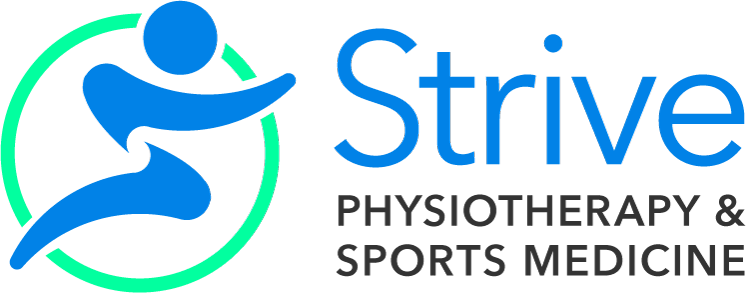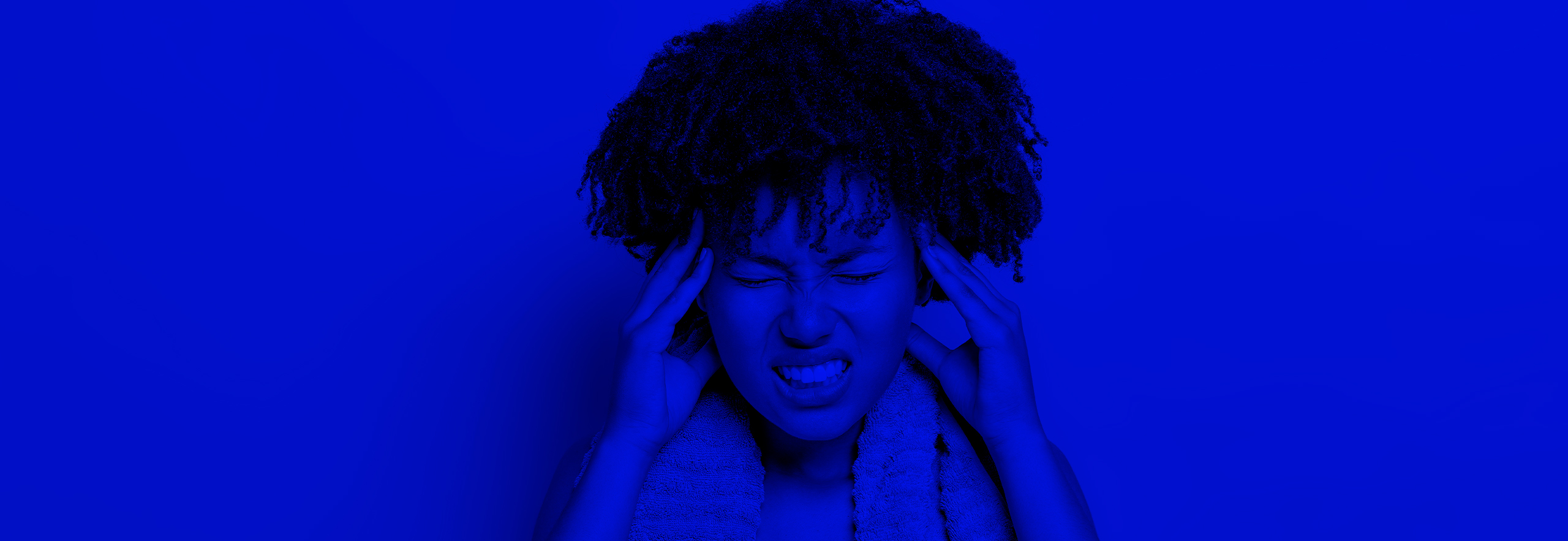Cervicogenic headaches are a type of headache that are usually one-sided, presenting with pain in the head, face and neck. They can be related to joint and or muscle pain.
What are Cervicogenic Headaches?
According to the International Headache Society Classification, a cervicogenic headache is a headache “caused by a disorder of the cervical spine and its component bony, disc and/or soft tissue elements, usually but not invariably accompanied by neck pain”. The word Cervicogenic originates from 2 words: ‘cervix’ which is Latin for ‘neck’ and ‘genic’ which is Greek for ‘coming from or born from’ – ie a headache coming from or originating from the neck. Long story short, not only can muscle pain and tension contribute to this type of headache, but joint irritation in the neck and pain coming from the face and jaw can play into these types of headaches. They are usually one-sided, typically related to or present with neck pain as well. On examination, reduced neck range of motion and pain or tenderness on palpation of the neck muscles and joints is noted in cervicogenic headaches.
What Causes Cervicogenic Headaches?
As noted above, structures in the head/neck/face/jaw can contribute to the presentation of a cervicogenic headache. Tissues that are strained, sprained, angry or inflamed can all play a part in the story. Different tissues at fault can include: joints of the neck, the jaw joint, muscles of the neck, muscles of the face and jaw, discs within the neck, nerves from the neck, and nerves from the jaw and face. From this laundry list you can clearly see the importance of a thorough assessment on identifying what is involved and what to address.
The structures above can be irritated or injured with stress, trauma (like a motor vehicle accident or impact), chewing habits/clenching, and/or sustained postures and positions. Posture can especially impact the structures in the head/neck/jaw area. As you slouch and stay longer in a position that may not be ideal, your head and neck move into a ‘forward head posture’. This can increase the load and strain through the structures at the base of your skull/top of the neck, this playing a part into the cervicogenic headache picture that we have painted. There is no perfect posture, but moving in and out of positions is important to load structures differently over a period of time
Common Signs and Symptoms of Cervicogenic Headaches
- location: top of the neck, back of the skull, around the temples, jaw/face
- side locked pain (pain does not switch sides, typically consistent on one single side)
- provocation of headache can coincide with head/neck movements or pressure/palpation of the neck
- headaches getting worse as neck pain gets worse
- headache onset as you slump longer into poor sitting posture
How Can Physiotherapy Help With Cervicogenic Headaches?
With the cause for cervicogenic headaches being plentiful, a thorough examination from a physiotherapist is important to determine which areas or tissues are the contributing factors: neck muscles, neck joints, posture, shoulder muscles feeding into the neck, or jaw/facial pain and irritation. Once areas that are feeding into the headache are identified, then precise and accurate treatment for those tissues can be implemented.
Manual therapy can play a big part in calming down irritable muscles and joints to help downregulate the intensity and severity of the headaches. Needling (acupuncture or dry needling) is a fantastic tool to help immediately improve resting tension and tone in muscles around the neck and shoulder girdle. This can help improve the function and motion of the neck as well. Exercises and postural re-education can be prescribed to improve position of the head and neck on the body which can subsequently change and reduce the strain and discomfort on the neck structures identified on examination. Physiotherapists are well trained to identify and subsequently treat muscle and joint dysfunction, exactly what is needed to address cervicogenic headaches.
What Are The Best Exercises to Help with Cervicogenic Headaches?
To get started with some exercises to help you recover from your cervicogenic headache, check out the ‘Cervicogenic Headache Home Exercise Program’. Please keep in mind that these exercises were designed as a place to start to address your symptoms. These exercises should not be performed or continued if they cause or increase your pain in any way. Using these exercises for self-management of your symptoms does not replace the value of being assessed by a Health Professional. If you find you need help, let a Strive Health Professional help you, book your time today!

Patrick Quimio
PT, MScPT, BKin
Registered Physiotherapist, FCAMPT
Originally from the prairies, Patrick completed his Bachelor of Kinesiology at the University of Manitoba. Because of his interest in musculoskeletal anatomy and physiology, he moved out East to complete his Master of Science in Physical Therapy at the University of Toronto. Since then, he has lived and trained in Winnipeg and Vancouver, completing various continuing education courses in: orthopaedics, exercise prescription, dry needling, acupuncture, manipulation, and therapeutic cupping.


